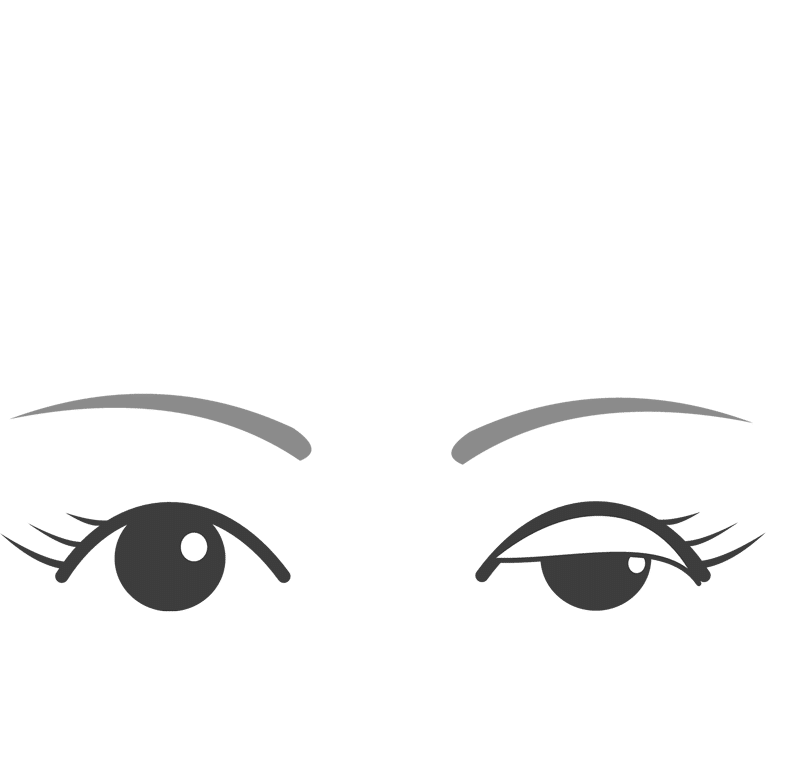
Eyebrows drop down with age causing a tired look and heaviness on the eyes.
Brow ptosis is the medical term for a drooping brow. Minor differences between the two eyes and periocular areas can be obvious and a brow ptosis of only 3 – 4 mm can affect facial expression significantly. Sometimes brow ptosis is present along with other problems, such as eyelid ptosis or dermatochalasis, making the asymmetry more obvious and requiring full assessment and treatment by an oculoplastic surgeon.
Brow ptosis is usually a result of the ageing changes that affect the forehead muscles and soft tissue, but may also occur as a result of other conditions such as facial palsy, or after trauma, surgery etc. A full ophthalmic examination is performed to check visual function, eyelids and the ocular surface. Then a full face examination is carried out. This may include measurements, observation of the general appearance of the face and skin and diagnosis of any other associated problems.
Both Botox and dermal fillers can be used to raise the brows. The effect is temporary, for 4 months in the case of botox and 9 months with dermal fillers. A more permanent solution is surgical, what is known as a brow lift. Most brow ptosis is rectified by an incision over the brow (so the scar is usually hidden by the eyebrow hairs). This is called a direct brow lift. At the end of the operation the wound is closed with stitches which are removed approximately 2 weeks after.
Before and after the procedure, it is commonplace to take photographs of the face.